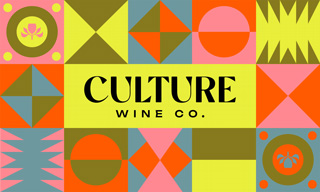Breede River Valley
The Breede River Valley is home to approximately 40 percent of South Africa’s vine plantings. The wineries in this region vary from small, boutique operations to large cooperatives. Robertson is particularly renowned for its well-known producers, while Worcester is associated with bulk wine production and brandy distilling.
Settlers arrived in the valley during the 17th Century when available farmland around the Cape became scarce. Livestock farming thrived, leading to the establishment of towns such as Worcester and Robertson. In the mid-19th Century, German settlers began cultivating the land, planting orchards and vineyards.
The Breede River Valley is a sheltered, yet prominent wine-producing area. Surrounded by mountain ranges on three sides, this valley plays a significant role in the country’s overall wine production. It is home to a diverse range of grape varieties, including Chardonnay, Chenin Blanc, Cabernet Sauvignon, Pinotage, and Shiraz.
Extending approximately 80 miles from Breedekloof in the west to Swellendam in the east, the Breede River Valley runs in an east-west direction. It is bordered by three mountain ranges: the Langeberg Mountains in the north, separating it from the semi-desert Klein Karoo; the Boland Mountains separate it from Paarl and Stellenbosch in the west; and the Riversonderend Mountains in the south provide protection from the oceanic influences of the southern coast. This large region encompasses Worcester, Breedekloof, Robertson, and Swellendam, which are smaller districts within the Wine of Origin (WO) scheme.
Vineyards in the Breede River Valley are situated across a varied terrain. Grapes for bulk production and distilling are planted along the riverbanks on the valley floor, while premium wines are crafted from vineyards in the foothills of the surrounding mountains. The altitude and aspect of these slopes create unique microclimates, benefiting the growth of the vines.
Due to its size, the soil types in the Breede River Valley are diverse. Along the river, alluvial soils are predominant, with some areas in Breedekloof have sandy loam. As you move higher into the mountains, the soils become rockier and stonier. Worcester is characterized by shale and sandstone soils, while Robertson’s red gravelly soils showcase pockets of limestone, adding a distinctive chalky minerality to the wines.
Winters in the Breede River Valley are colder compared to the coastal regions of the Western Cape, allowing the vines to enter proper dormancy. Rainfall primarily occurs during the cold winter months when the vines are dormant, enabling them to store up resources for the growing season. Summers are hot and dry, necessitating irrigation in most of the valley’s wine estates. Water sources are plentiful, sourced from both the river and the significant Brandvlei Dam.


